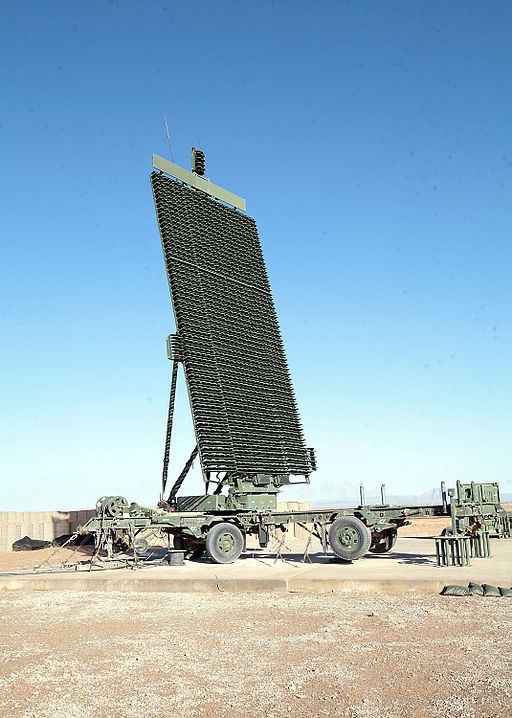Engineers Aim to Make Cars Safer with Phased-Array Radar Tech
| Marc Maligalig | | Oct 30, 2014 12:09 AM EDT |
(Photo : Wikimedia Commons)
A team of engineers from the University of California, San Diego has developed hardware for a new generation automobile radar system designed to keep drivers and unseen pedestrians safe.
Electrical engineering researchers from the UC San Diego Jacobs School of Engineering developed an advanced automotive phased-array radar system that is a crucial element in a high-precision automotive radar system.
Like Us on Facebook
Prior research by UC San Diego electrical engineering professor Gabriel Rebeiz, a leader in phased-array technology research, was built upon by the new engineering team.
The new system is the first time RF (radio frequency) beam forming phased-array technologies have been used in radar systems designed to be fitted onto civilian automobiles. Beam forming phased-array technologies use organized clusters of directional antennas and are often seen in defense and satellite applications.
The new radar system for cars takes high-resolution images of an area 100 meters around the moving vehicle. The data obtained is far more comprehensive than that provided by first-generation vehicle radar systems currently installed in a number of cars.
The experimental phased radar system was described by Rebeiz as akin to a telescope or a "zoom" lens. Moving right or left, the array of antennas moves in a regular pattern across the area around the vehicle,
The array takes high-resolution photos of what is currently happening with a delay of less than a microsecond. The technology is a far-cry from current radar systems that perform like wide-angle lenses able to discern less detail.
"If you have a large wide-angle lens, you are collecting all this bright light; you will not see the faint light of a person standing in front of a truck or car. The second generation automotive radar systems will provide much more precise images," Rebeiz explained. "The difference is the high resolution and dynamic range."
TagsPhased array radar, Automobile safety, Car safety, Pedestrians, Radar, sensor, Antenna, Vehicle safety
©2015 Chinatopix All rights reserved. Do not reproduce without permission
EDITOR'S PICKS
-

Did the Trump administration just announce plans for a trade war with ‘hostile’ China and Russia?
-

US Senate passes Taiwan travel bill slammed by China
-

As Yan Sihong’s family grieves, here are other Chinese students who went missing abroad. Some have never been found
-

Beijing blasts Western critics who ‘smear China’ with the term sharp power
-

China Envoy Seeks to Defuse Tensions With U.S. as a Trade War Brews
-

Singapore's Deputy PM Provides Bitcoin Vote of Confidence Amid China's Blanket Bans
-

China warns investors over risks in overseas virtual currency trading
-

Chinese government most trustworthy: survey
-

Kashima Antlers On Course For Back-To-Back Titles
MOST POPULAR
LATEST NEWS
Zhou Yongkang: China's Former Security Chief Sentenced to Life in Prison

China's former Chief of the Ministry of Public Security, Zhou Yongkang, has been given a life sentence after he was found guilty of abusing his office, bribery and deliberately ... Full Article
TRENDING STORY

China Pork Prices Expected to Stabilize As The Supplies Recover

Elephone P9000 Smartphone is now on Sale on Amazon India

There's a Big Chance Cliffhangers Won't Still Be Resolved When Grey's Anatomy Season 13 Returns

Supreme Court Ruled on Samsung vs Apple Dispute for Patent Infringement

Microsoft Surface Pro 5 Rumors and Release Date: What is the Latest?










